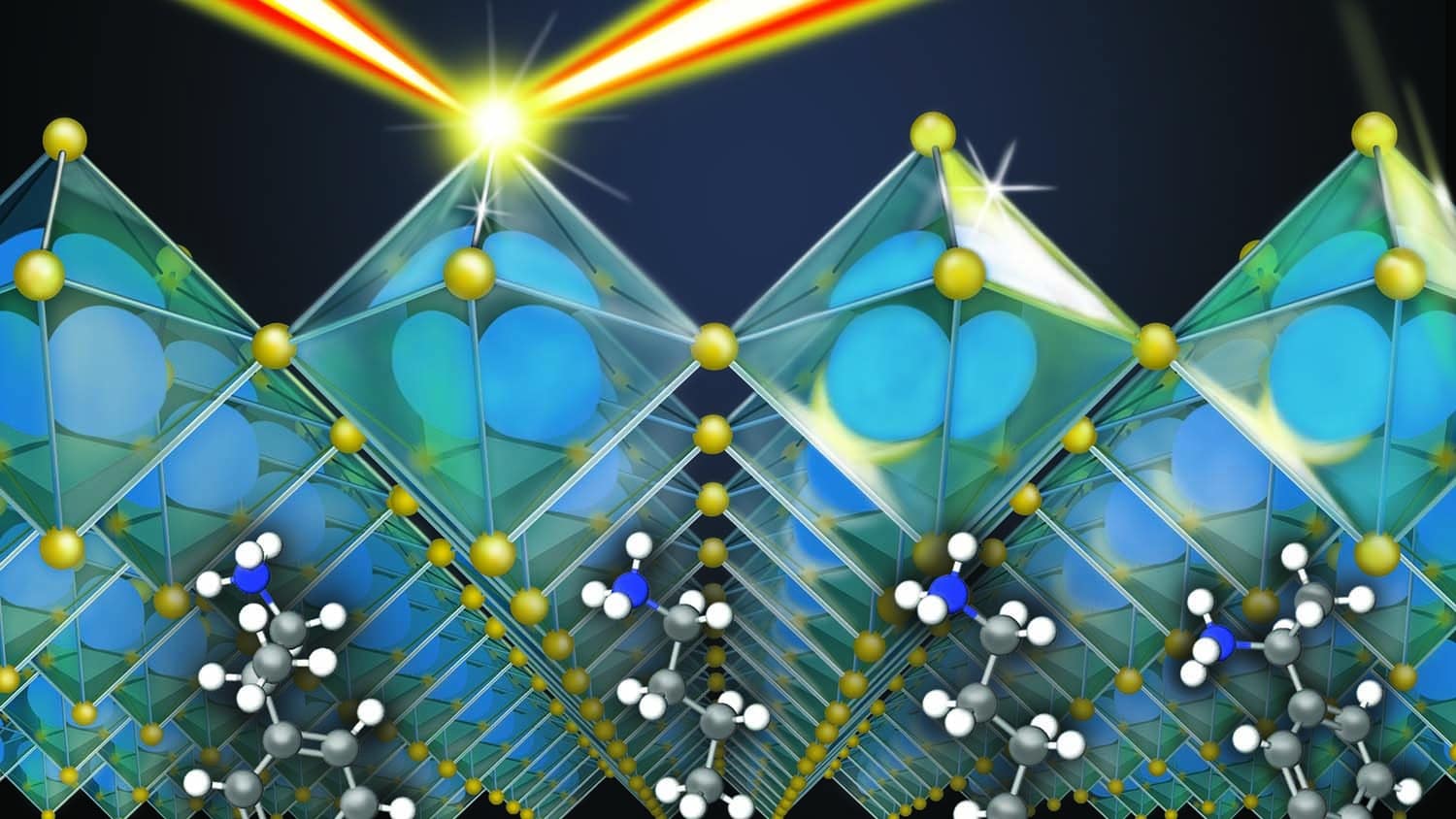Researchers Create Materials With Unique Combo of Stiffness, Thermal Insulation

For Immediate Release
Researchers have demonstrated the ability to engineer materials that are both stiff and capable of insulating against heat. This combination of properties is extremely unusual and holds promise for a range of applications, such as the development of new thermal insulation coatings for electronic devices.
“Materials that have a high elastic modulus tend to also be highly thermally conductive, and vice versa,” says Jun Liu, co-corresponding author of a paper on the work and an associate professor of mechanical and aerospace engineering at North Carolina State University. “In other words, if a material is stiff, it does a good job of conducting heat. And if a material is not stiff, then it is usually good at insulating against heat.
“But there are instances where you’d want materials that are stiff, but are also good insulators,” Liu says. “For example, you might want to create thermal insulation coatings to protect electronics from high temperatures. Historically, that’s been a challenge.
“We’ve now discovered a range of materials that are both stiff and excellent thermal insulators. What’s more, we can engineer the materials as needed to control how stiff they are and how thermally conductive they are.”
Specifically, the researchers were working with a subset of the class of materials called two-dimensional hybrid organic-inorganic perovskites (2D HOIP).
“These are thin films consisting of alternating organic and inorganic layers in a highly ordered crystalline structure,” says Wei You, co-corresponding author of this paper and professor of chemistry and applied physical sciences at the University of North Carolina at Chapel Hill. “And we can tune the composition of either the inorganic or organic layer.”
“We found that we can control the elastic modulus and thermal conductivity of some 2D HOIPs by replacing some of the carbon-carbon chains in the organic layers with benzene rings,” says Qing Tu, co-corresponding author of this paper and an assistant professor of materials science and engineering at Texas A&M University. “Basically – within this specific subset of layered materials – the more benzene rings we add, the stiffer the material gets, and the better able it is to insulate against heat.”
“While discovering these materials in itself holds tremendous potential for a range of applications, as researchers we are particularly excited because we’ve identified the mechanism that is responsible for these characteristics – namely the critical role that the benzene rings play,” says Liu.
In experiments, the researchers found at least three distinct 2D HOIP materials that became less thermally conductive the stiffer they got.
“This work is exciting because it suggests a new pathway for engineering materials with desirable combinations of properties,” Liu says.
The researchers also discovered another interesting phenomenon with 2D HOIP materials. Specifically, they found that by introducing chirality into the organic layers – i.e., making the carbon chains in those layers asymmetrical – they could effectively maintain the same stiffness and thermal conductivity even when making substantial changes to the composition of the organic layers.
“This raises some interesting questions about whether we might be able to optimize other characteristics of these materials without having to worry about how those changes might influence the material’s stiffness or thermal conductivity,” says Liu.
The paper, “Anomalous correlation between thermal conductivity and elastic modulus in two-dimensional hybrid metal halide perovskites,” is published in the journal ACS Nano. Ankit Negi, a former Ph.D. student at NC State, is first author of the paper. Co-authors include Cong Yang, Andrew Comstock, Saqlain Raza and Ziqi Wang, Ph.D. students at NC State; Subhrangsu Mukherjee, a former Ph.D. student at NC State; Dali Sun, an associate professor of physics at NC State; Harald Ade, Goodnight Innovation Distinguished Professor of Physics at NC State; Liang Yan of UNC; and Yeonju Yu and Doyun Kim of Texas A&M.
The work was done with support from the National Science Foundation, under grants 1943813, 2311573 and 2154791; the Office of Naval Research, under grant N000142012155; and the Department of Energy, under grant DE-SC0020992.
-shipman-
Note to Editors: The study abstract follows.
“Anomalous correlation between thermal conductivity and elastic modulus in two-dimensional hybrid metal halide perovskites”
Authors: Ankit Negi, Cong Yang, Subhrangsu Mukherjee, Andrew H. Comstock, Saqlain Raza, Ziqi Wang, Dali Sun, Harald Ade, and Jun Liu, North Carolina State University; Liang Yan and Wei You, University of North Carolina at Chapel Hill; Yeonju Yu, Doyun Kim and Qing Tu, Texas A&M University
Published: May 24, ACS Nano
DOI: 10.1021/acsnano.3c12172
Abstract: Device-level implementation of soft materials for energy conversion and thermal management demands a comprehensive understanding of their thermal conductivity and elastic modulus to mitigate thermo-mechanical challenges and ensure long-term stability. Thermal conductivity and elastic modulus are usually positively correlated in soft materials, such as amorphous macromolecules, which poses a challenge to discover materials that are either soft and thermally conductive or hard and thermally insulative. Here, we show anomalous correlations of thermal conductivity and elastic modulus in two-dimensional (2D) hybrid organic-inorganic perovskites (HOIP) by engineering the molecular interaction between organic cations. By replacing conventional alkyl-alkyl and aryl-aryl type organic interactions with mixed alkyl-aryl ones, we observe enhancement in elastic modulus with a reduction in thermal conductivity. This anomalous dependence provides a route to engineer thermal conductivity and elastic modulus independently and a guideline to search for better thermal management materials. Further, introducing chirality into the organic cation induces a molecular packing that leads to the same thermal conductivity and elastic modulus regardless of the composition across all half-chiral 2D HOIPs. This finding provides substantial leeway for further investigations in chiral 2D HOIPs to tune optoelectronic properties without compromising the thermal and mechanical stability.


